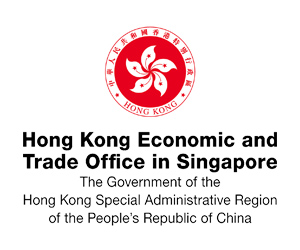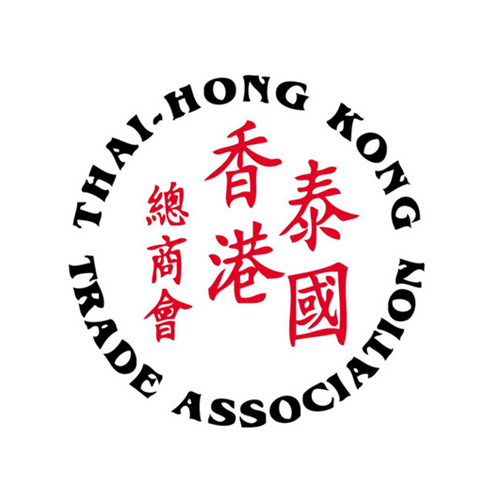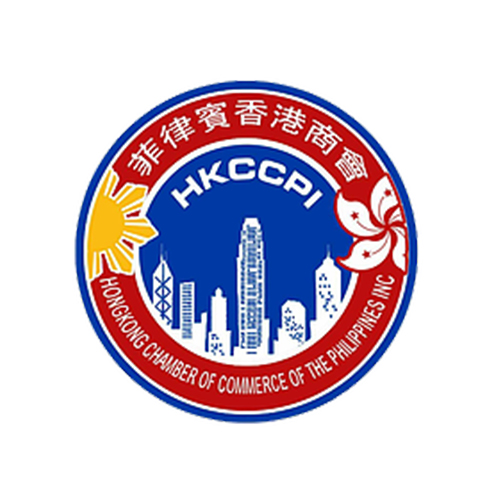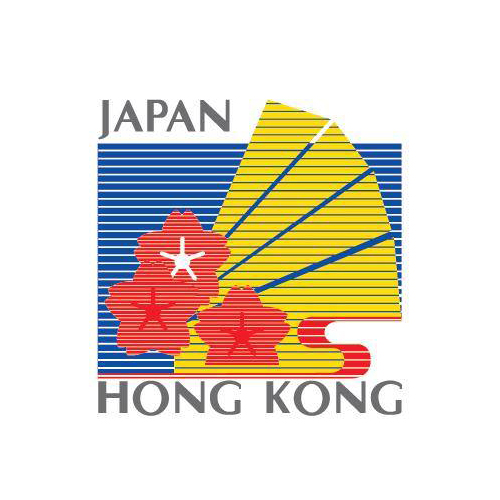Want to be in the loop?
subscribe to
our notification
Business News
MARITIME ADMINISTRATION TO INSPECT SHIPPING RATES HIKE
The Vietnam Maritime Administration (VMA) plans to set up a working group to inspect the hike in freight rates among shipping companies that have routes to Europe and America.
In a recent interview with Vietnam News Agency, deputy head of the VMA Hoàng Hồng Giang said the move aimed to remove difficulties for export activities and ensure transparency in the listing of freight prices.
Giang attributed the price hike to the strict border controls and limited trade activities during the prolonged COVID-19 pandemic.
“Many seaports, especially in Europe and America, are in a state of stagnation due to a lack of manpower. This results in millions of congested containers at ports or borders, causing a shortage of empty containers for packing,” Giang said.
“Some seaports applying isolation measures also leads to longer ship turnaround times than before.”
Another reason was the increase in import demand of America and Europe for goods from China and Asia, Giang said.
The increased demand led to an imbalance between the volume of goods exported and imported from October 2020. In 2020, the volume of export containers increased, up 13 per cent over the same period last year, reaching 7.38 million twenty-foot equivalent units (TEUs), while the volume of imported goods increased 8 per cent, reaching 7.27 million TEUS.
During the last three months, freight rates had soared to US$8,000, even to $10,000 in certain cases, from less than $1,000 at the beginning of 2020. It has sharply driven up expenses for exporters and raised concerns over a lack of transparency and inadequate price management of containers, he said.
Besides rising freight rates, many businesses couldn’t occupy room on ships due to the lack of empty containers, goods ready for export thus couldn’t be transported, leading to rising inventories, he said.
As many as 90 per cent of Vietnamese enterprises inked import contracts with the CIF (cost, insurance and freight) condition, and export contracts with the FOB (free on board) condition. Under these contracts, foreign partners were mainly responsible for shipping phases. However, due to the increased rates, the foreign partners required Vietnamese enterprises to share the added cost, he said.
"The continuous increase in freight rates and surcharges has caused many difficulties for businesses, increasing transportation and storage costs, affecting production and distribution of goods.
“It is now the peak season for exported goods such as agricultural and aquatic products, but goods are not delivered on time. Therefore, the contracts were cancelled by foreign partners. The materials imported to Việt Nam to serve production were also delivered late, causing the production lines to be interrupted. If this situation continues, some businesses will even have to shut down production,” Giang said.
In order to remove difficulties for shipping, VMA had directed the port authorities to co-ordinate with State management agencies at seaports to speed up the procedures for ships entering and leaving ports, facilitating large-tonnage ships to enter and exit, requiring seaport enterprises to increase their operational efficiency, make the most of their resources to release ships quickly and prevent delays in the cargo handling process.
Regarding the listing of prices, VMA had issued a document requiring shipping companies to strictly list their charge rates publicly and transparently, increasing prices in accordance with the provisions of law.
So far, shipping lines had not strictly followed the regulations, Giang added.
VMA had proposed the Ministry of Transport to co-ordinate with the Ministry of Industry and Trade and the Ministry of Finance to set up a working group to inspect the increase in freight rates and surcharges of shipping lines that have routes to Europe and America.
It also sent a petition to the Ministry of Transport, urging it to consult the Ministry of Finance to direct the customs forces at ports to speed up the clearance of backlogged containers so that enterprises have empty containers for transportation.
According to a report by the VMA, the volume of container cargo through the local seaports in 2020 reached 14.65 million TEUs, up 10.6 per cent compared to 2019, in which the export container volume was 7.38 million TEUs, up 13 per cent year-on-year, imported ones were 7.27 million TEUs, up 8 per cent compared to 2019.
Despite the impact of the COVID-19 pandemic, the volume of goods exported and imported overseas still saw stable growth. However, in the last months of 2020, import-export businesses faced many difficulties due to rising sea freight rates and a lack of empty containers.
Regarding the volume of empty containers, as of mid-January this year, the total number of empty containers stored at seaports reached 40,946, of which 40-feet containers account for 70 per cent. Such an amount was just enough to meet the average export volume over 3 to 4 days, Giang said.
Source: VNS
Related News
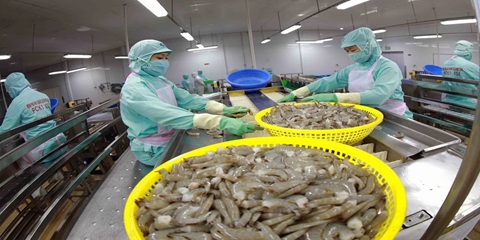
VIETNAM’S SEAFOOD EXPORTS HIT OVER US$10 BILLION IN JAN-NOV
Seafood export revenue in November alone amounted to nearly US$990 million, up 6.6% year-on-year. Key product groups posted solid gains. Shrimp exports rose 11.7% to over US$385 million, supported by strong demand for whiteleg shrimp and lobster. Tra fish shipments increased 9.7% to almost US$197 million, while marine fish, squid, and mollusk exports maintained their recovery.

VIETNAM’S AGRO-FORESTRY-FISHERY EXPORTS HIT NEW RECORD IN JAN-NOV
Vietnam’s agro-forestry-fishery export revenue reached an estimated US$64.01 billion in the first 11 months of 2025, up 12.6% year-on-year and surpassing the full-year record of US$62.4 billion set in 2024. Agricultural exports reached US$34.24 billion, up 15% year-on-year, while livestock products brought in US$567.4 million, a 16.8% increase. Seafood exports rose 13.2% to US$10.38 billion, and forestry products earned US$16.61 billion, up 5.9%.

HANOI REPORTS RECORD-HIGH BUDGET REVENUE IN 2025
Hanoi’s budget revenue is estimated to reach VND641.7 trillion in 2025, the highest level ever recorded and nearly 25% above the revised target, according to a report by the municipal government. Data from the city’s socioeconomic performance review shows that total state budget collections in 2025 are projected to reach 124.9% of the adjusted plan and rise 24.9% from 2024, the Vietnam News Agency reported.

VIETNAM, CHINA TO PILOT TWO-WAY CARGO TRANSPORT AT LANG SON BORDER
Vietnam and China will launch a one-year pilot program on December 10 to allow two-way cargo transport through the Huu Nghi–Youyi Guan international border gates in Lang Son Province, reported the Vietnam News Agency. The Dong Dang-Lang Son Economic Zone Management Board said the trial aims to reduce transport costs and improve customs clearance capacity.
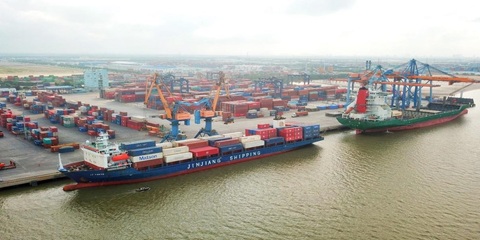
VIETNAM’S IMPORT-EXPORT VALUE NEARS US$840 BILLION IN JAN-NOV
The total value of Vietnam’s imports and exports was nearly US$840 billion between January and November this year, the highest level ever recorded, according to the National Statistics Office. In its latest report on the country’s socio-economic performance, the National Statistics Office highlighted a series of positive economic indicators, with trade emerging as one of the strongest drivers of growth.

OVER 19 MILLION INTERNATIONAL VISITORS COME TO VIETNAM IN JAN-NOV
Vietnam received more than 19.1 million international visitors in the first 11 months of 2025, a 20.9% increase year-on-year and the highest level ever recorded, according to the National Statistics Office. The figure surpasses the full-year record of 18 million arrivals set in 2019, before the Covid-19 pandemic. Nearly two million foreign visitors arrived in November alone, up 14.2% from October and 15.6% from the same period last year.
